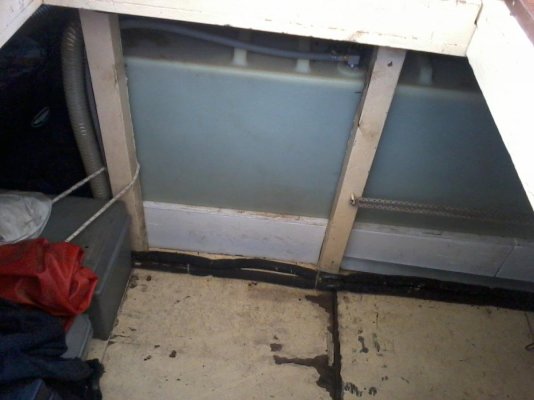Bay Pelican
Moderator Emeritus
Bay Pelican's two 350 gallons tanks were cut up in place without removing the main engine or generator. Replaced with four 120 gallon aluminium tanks. Everything else in the engine room forward of the genset had to be removed. Process took 5 weeks and $22000 US.
My general comment is that if you are buying a 20 year old boat with steel tanks that have not been replaced you will get to replace them. Don't know about other materials.
As far as tankage is concerned, few of us need the original 700 US gallons on a Krogen 42 and thus the smaller multiple tanks.
My general comment is that if you are buying a 20 year old boat with steel tanks that have not been replaced you will get to replace them. Don't know about other materials.
As far as tankage is concerned, few of us need the original 700 US gallons on a Krogen 42 and thus the smaller multiple tanks.




